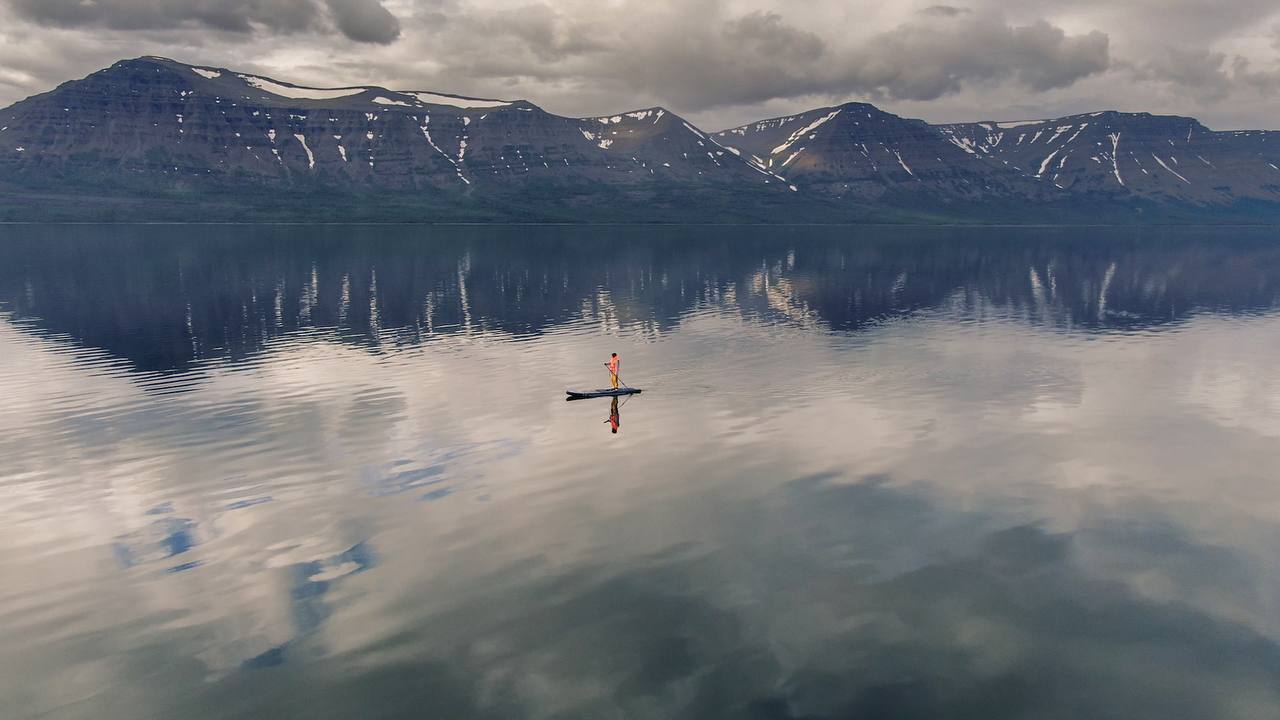

In 2024, the Siberian Branch of the Russian Academy of Sciences (SB RAS) concluded a three-year agreement with NTEK, one of the Norilsk Nickel’s subsidiaries, for a comprehensive ecological and fishery research on the state of water bodies in the Norilka-Pyasino river-lake system (also called the Norilo-Pyasinskaya river-lake water system). This was reported in an interview granted by Academician Valentin Parmon, Chairman of the SB RAS, to Rossiyskaya Gazeta.
Academician Parmon explained that the agreement included both the researches on the quality of the habitat of aquatic organisms, hydrobionts, (hydrochemical studies of water and bottom sediments) and the state of the aquatic organisms of all levels. The academician noted that as a result, an up-to-date and detailed picture of the state of the water bodies in the Norilka-Pyasino river-lake system was expected to be obtained.
In addition, the academician reported that with the participation of the Norilsk Nickel company, the researchers were also implementing a program to develop new materials based on palladium that had the potential to be used in hydrogen energy generation, ‘green’ chemistry, and microelectronics.
Academician Parmon added that the SB RAS was ready to be among the expert organizations for the re-engineering of the Norilsk Copper Plant to gain obvious environmental benefits thanks to the reconfiguration of the smelting process at the plant in Norilsk. The scientists are ready to apply the accumulated scientific potential taking into account the environmental issues and the transformation of the production chain. In the near future, the RAS will send the proposals on the organization of such work.
The academician emphasized that the issues were discussed at the level of the SB RAS management and this was the official standpoint. He noted that the scientific organizations of the SB RAS had the necessary competencies to fulfill the tasks set, but for their practical implementation, it was necessary to harmoniously combine the scientific researches with the needs of the industry. The academician emphasized that the SB RAS accounted for almost a third of the active scientific potential in Russia.
Academician Parmon cited the cooperation with the Norilsk Nickel company that needed help from science in solving the environmental problems that arose after a diesel fuel spill in the Arctic as an example of fruitful interaction between science and industry. As a result, the SB RAS helped organize a scientific expedition with the researchers of 15 scientific institutes from seven scientific centers of Siberia.
The academician added that based on the thesis stating that the applied and the fundamental sciences should work in close cooperation with each other, the idea of an in-depth study of the impact of the Norilsk Nickel enterprises on the environment had come up that developed into the Great Scientific Expedition project. According to him, five scientific expeditions have been conducted with the support of Norilsk Nickel in the last four years, and 280 scientists from 20 institutes of the Siberian Branch of the Russian Academy of Sciences took part in them. Moreover, in 2022 and 2023, these expeditions were not local ones but real interregional comprehensive studies of biodiversity in three regions at once, including the Krasnoyarsk and the Transbaikal Territories and the Murmansk Region. In the history of modern Russia, they became the first large-scale and comprehensive studies of the areas where the company’s enterprises operated.
These expeditions were not just of scientific nature, they were also applied researches. Academician Parmon emphasized that the resulting picture of the state of the environment and biodiversity had already made it possible to adjust the company’s current environmental programs. Not long ago, Norilsk Nickel updated its environmental strategy, and the results of the SB RAS’s research were also used as the basis for it. The strategy effectively took into account all aspects of the interaction of large-scale industry with the environment. Thus, the expeditions will have a long-term delayed effect in the form of introducing the efficient and careful nature management and nature conservation into practice in the area of large industrial enterprises’ presence. The academician concluded that this was really a high level of cooperation between science and industrial business aimed at preserving the environment.
Academician Parmon believes that it is especially important that the knowledge obtained during the expeditions is applicable not only to Norilsk Nickel because the situation in Norilsk is not unique. There are many other regions facing similar problems that also need to be addressed. The most important result of the researches is not only a huge array of new data, but also the possibility of moving to a new paradigm of social responsibility when the scientific support for the companies operating in the Arctic allows for the creation of comprehensive programs for its development.
